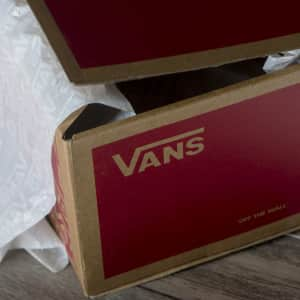It's the season for
Apple AirPods Black Friday deals, with the biggest cash discounts showing up at third-party retailers like Amazon, Best Buy, and Target — often as early as the first two weeks of November. Expect record-low prices across AirPods models, accessories, and certified refurbished units, so watching early sales can score the same savings you'd get on Black Friday.







